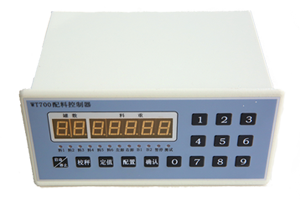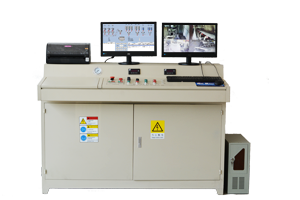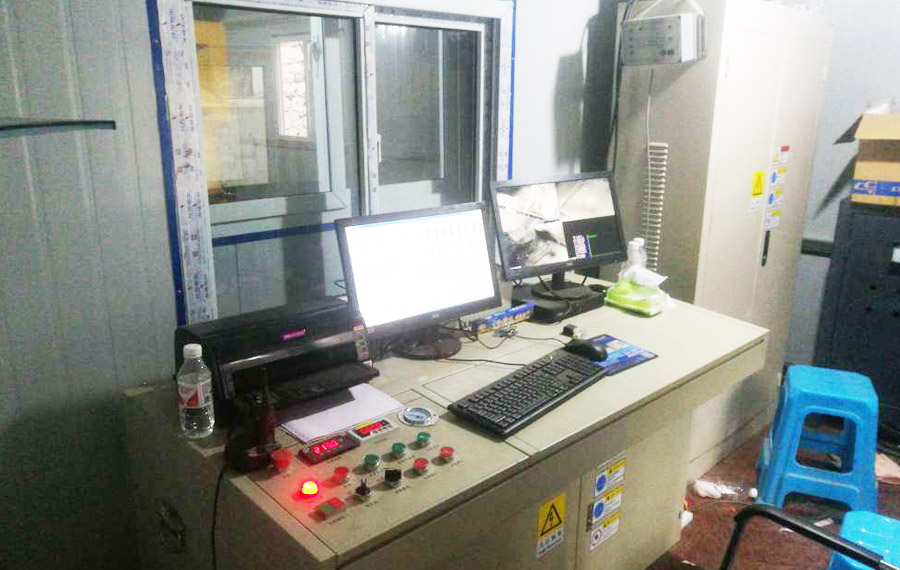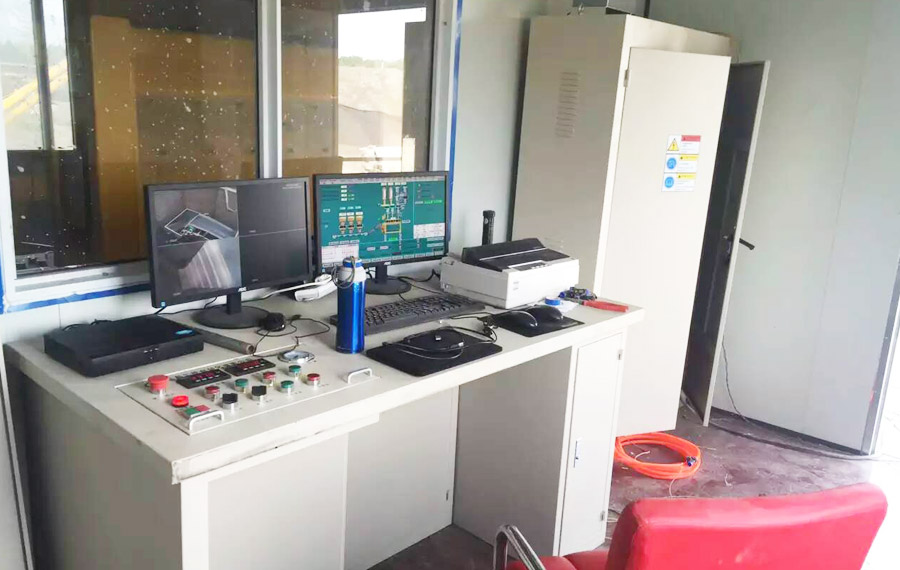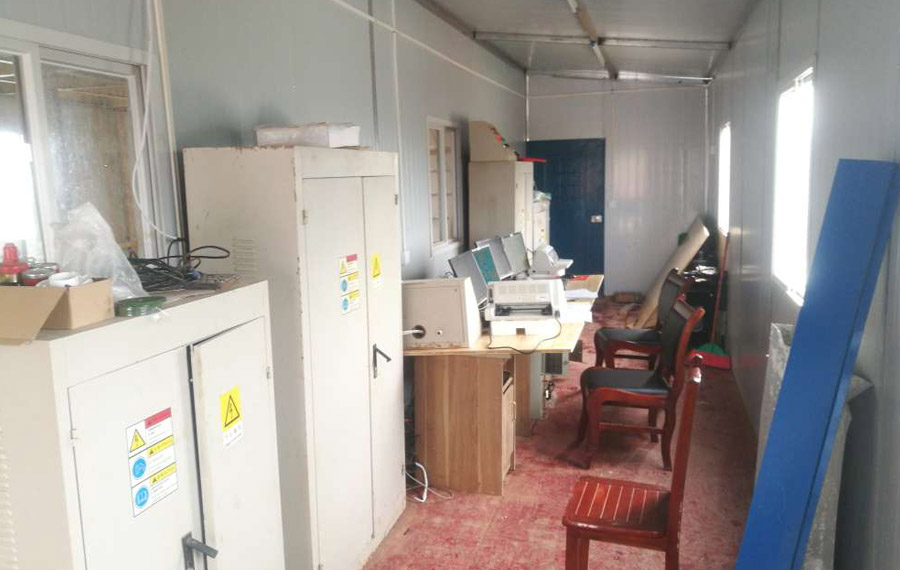Home > News Center > Corporate News >
Concrete curing methods and measures
Concrete has played a great role in construction engineering. The application of concrete has greatly improved the quality of construction engineering and promoted the development of the ready-mixed concrete industry. However, the problem of early cracking of the concrete structure due to the lack of maintenance is difficult Completely eradicated, it has become a hot spot for quality complaints in construction projects and is also the focus of quality supervision. Brainstorming reminds everyone of the problems in concrete maintenance.
After the concrete is cast, it should be covered with water and moisturized in time to ensure that the concrete surface maintains a certain wet state. At the same time, in order to prevent the rapid and rapid evaporation of water, the surface should also be covered with plastic film, sack pieces, or straw bags and other covering materials, but it is not enough to achieve these points.
One of the purposes of curing concrete is to ensure that the concrete keeps moisture for a certain period of time. The causes of concrete cracks are complex and multi-faceted. However, the lack of experience in the construction of ready-mixed concrete and the inadequate maintenance are caused by commercial concrete cracks. One of the main reasons.
After the concrete is poured, the reason why it can gradually set and harden is mainly due to the result of cement hydration, and hydration requires appropriate temperature and humidity conditions. Therefore, in order to ensure that the concrete has suitable hardening conditions, its strength continues to increase , Concrete must be cured.
The essence of curing-watering curing, maintaining proper humidity and ensuring the progress of cement hydration reaction.
The secret of conservation-time control.
1. Determination of curing time
Determination of the start time of curing
Our country's concrete construction engineering construction regulations stipulate that the concrete should be moisturized and maintained in time; concrete quality control standards stipulate that for concrete placement surfaces, especially planar structures, plastic film should be used to cover and moisturize while pouring; concrete construction engineering quality acceptance regulations The concrete should be covered and moisturized and maintained within 12h after the pouring is completed. At present, most of the constructions are also in accordance with this regulation, that is, the moisturizing and curing will begin around 12h after pouring.
The self-shrinkage of concrete has begun before its initial setting, and its early development is rapid. Most of it can be completed within 1d, especially the initial curing time of the concrete with water-reducing agent has a significant effect on the early shrinkage. Within 8h after the initial setting, It is a period of rapid increase in shrinkage. Even if curing starts 8h after the initial setting, it will lose any effect on the control of early shrinkage cracks. Its time has obviously lags behind the dangerous period of concrete cracking. When does the curing start time begin? There are many influencing factors and lack of sufficient experimental data and theoretical basis, it is difficult to have a specific conclusion. But in principle, the concrete should have sufficient initial strength to withstand the operation of curing and moisturizing without damaging the early structure of concrete.
Specifically speaking, after the concrete is poured, the water should be cured before and after the initial setting, but the limit is not to cause artificial damage to the concrete surface.
2. Determination of the duration of maintenance
Insufficient maintenance duration is a common problem in construction. It is often that some people are cured within the first few days of pouring, and finally they are in the form, they have dealt with things, and even no one is curing. Concrete structure engineering construction regulations stipulate that the concrete prepared with Portland cement, ordinary Portland cement or slag Portland cement should not be less than 7d, and the concrete prepared with retarding admixture and large amount of mineral admixture The maintenance time of impervious concrete, concrete with strength level C60 and above and post-cast concrete shall not be less than 14d;
The time specified in the specification is the shortest time for maintenance. The curing duration is specifically related to the composition and mix ratio of concrete, environmental temperature and humidity, curing method, wind force, wind speed and many other factors. The quality control standard of concrete stipulates that when the concrete of the concrete member or the product plant is cured by steam, it will be removed or removed from the pool. Before curing measures, temperature measurement should be carried out. When the temperature difference between the surface and the outside is not more than 20 ℃, the curing measures or components can be removed from the pool; for the concrete constructed in winter, the concrete strength can reach 50% of the designed strength level before it can be removed Conservation measures; when moist natural conservation is adopted, it shall be implemented in accordance with the construction specifications.
Second, the choice of maintenance methods
The concrete maintenance plan should be formulated according to factors such as site conditions, environmental temperature and humidity, structural parts, components or products, raw materials, and requirements for concrete performance. In the maintenance plan, the choice of maintenance method generally adopts sprinkling maintenance, storage Water curing, covering moisturizing curing, painting curing agent curing, winter heat storage curing and other methods. In the construction, when formulating a maintenance plan, it often appears in the entire construction process, only a single maintenance method is used, and for the convenience of the figure, water-spraying is the main method. In order to ensure the realization of concrete performance, the maintenance method should be selected according to different structural parts.
1. The exposed surface of the foundation mass concrete should be covered and maintained
It is more convenient to use sprinkling curing method on the exposed surface of the foundation mass concrete, but it is difficult to meet the number of sprinkling curing in actual construction, and it is easy to cause maintenance interruption at night. For mass concrete, it is necessary to control the temperature difference between the interior and surface of the concrete and the surface and the outside. To maintain a suitable temperature gradient inside and outside the concrete, 24 hours of uninterrupted maintenance is essential.
According to the past construction experience, the use of forced or uneven cooling and cooling measures in the curing process of large-volume concrete is not only relatively costly, but poor management can easily cause penetrating cracks in the large-volume concrete, and sprinkling curing can easily cause water in the foundation pit Unfavorable backfill. Therefore, it is appropriate to cover and maintain the exposed surface of the foundation mass concrete.
2. Provisions for the construction specifications of concrete structures
After the curing with the mold, the watering curing method can be used to continue the maintenance, and if necessary, the covering curing or spraying curing agent curing method can be used to continue the curing; according to the test, the anti-seepage effect of the different curing methods is: water curing> cover grass bag watering > Coating curing agent> Natural curing.
3. Determination of maintenance temperature
During the curing of concrete, heat preservation measures should be taken to prevent the surface temperature of the concrete from being affected by environmental factors (such as exposure, sudden drop in temperature, etc.). During curing, the temperature difference between the core of the concrete and the surface, and between the surface and the environment should not exceed 20 ° C. Before the construction of mass concrete, a strict maintenance program should be formulated to control the temperature difference between the inside and outside of the concrete to meet the design requirements.
After the concrete is demoulded in winter and hot season, if the weather changes suddenly, appropriate thermal insulation (cold season) and thermal insulation (summer) measures should be taken to prevent the concrete from generating excessive temperature difference stress.
Four, control of maintenance humidity
In addition to the cold shrinkage caused by the temperature drop, that is, the shrinkage of concrete, the relative humidity inside the concrete decreases with the progress of cement hydration under the action of cement hydration, resulting in a reduction in the volume of the concrete caused by self-drying, resulting in early concrete The self-shrinkage at the age, the shrinkage of the concrete is significantly affected by the relative humidity of the environment, the curing shrinkage of the concrete with a humidity of 70% is greater than that of the concrete with a curing humidity of 90%, and the drying shrinkage rate of the 3d age is the latter 8.3 times. The lower the relative humidity of the environment, the greater the shrinkage value. The development law of the shrinkage value with age is that the early development is fast, and the later development is slow and gradually stable.
Covered curing and moisturizing not only helps to keep the insulation and moisture of the concrete surface, to prevent the loss of moisture on the concrete surface, but also helps to slow down the humidity drop in the concrete. There are several ways to cover and maintain the plastic film, plastic film and sack, plastic film and grass curtain.
in conclusion
1. When formulating a concrete maintenance plan, a variety of maintenance methods should be selected and formulated for comprehensive maintenance according to factors such as site conditions, environmental temperature and humidity, structural parts, components or products, raw materials, and requirements for concrete performance.
2. The starting time of curing should be watering after the concrete is poured, before and after initial setting.
3. The duration of curing is the shortest time specified in the code. The vertical concrete structure should increase the curing time appropriately, taking into consideration the composition and mix ratio of concrete, environmental temperature and humidity, curing method, wind force, wind speed and other factors.
4. Whether to stop watering and curing is determined by the minimum temperature of the day being less than 5 ℃. The temperature difference between the inside and the surface of the concrete and between the surface and the outside is considered based on many factors such as maintenance measures and construction methods.
5. Concrete shrinkage is significantly affected by the relative humidity of the environment. The plastic film adheres to the bare surface of the concrete and maintains condensed water for effective maintenance.
 400-009-1996
400-009-1996

